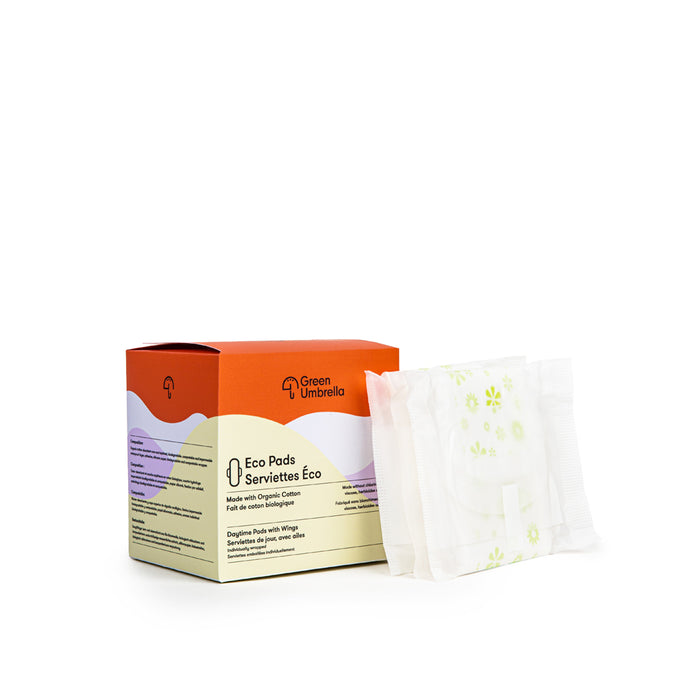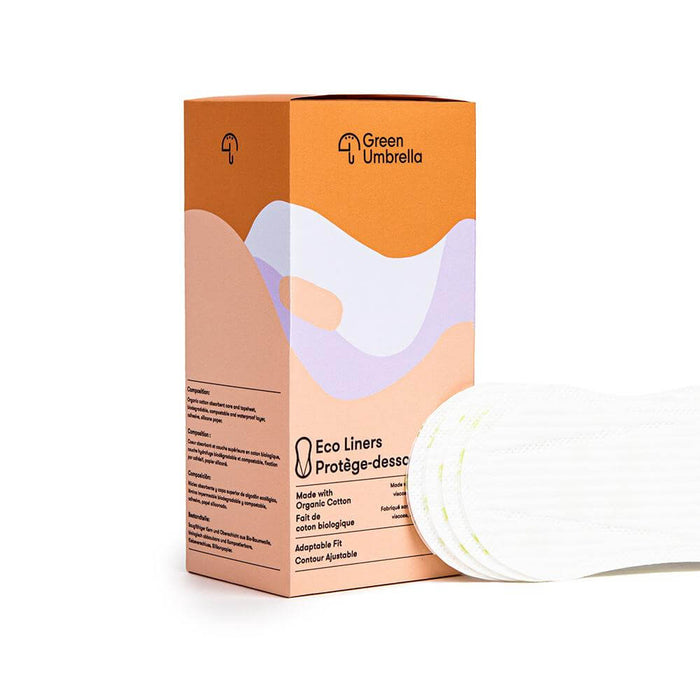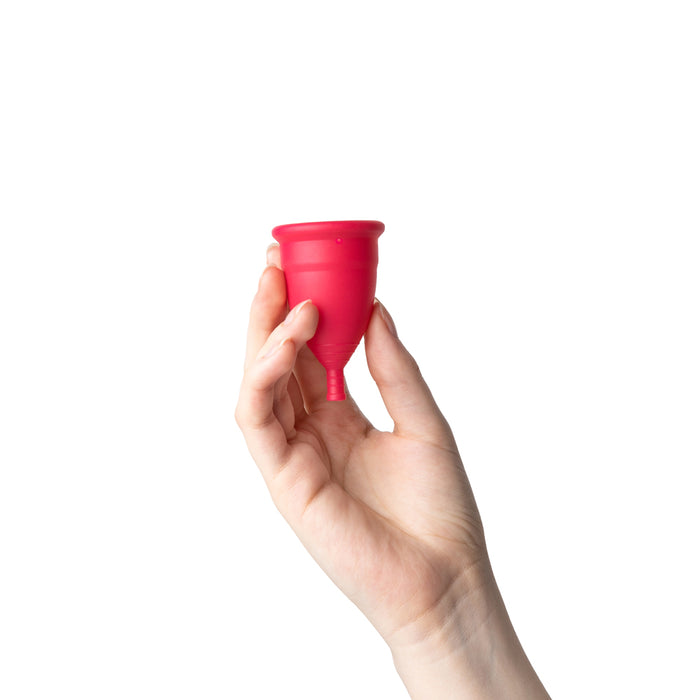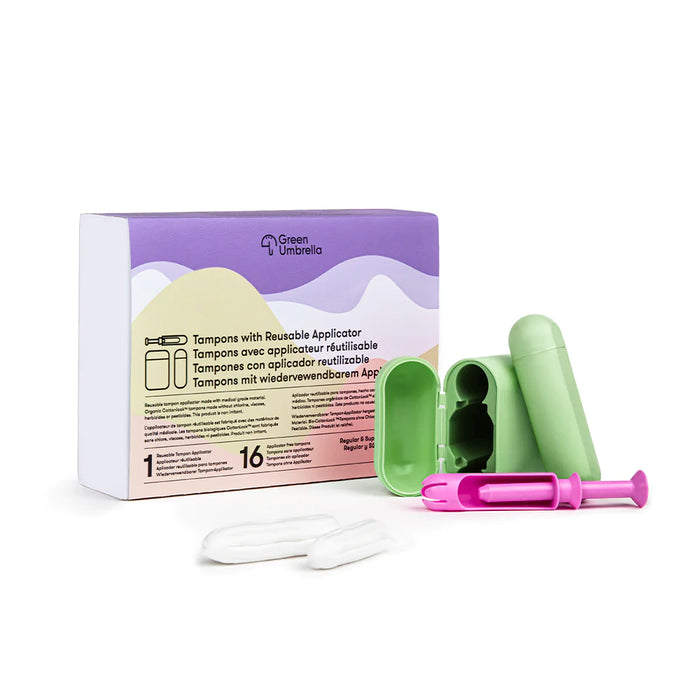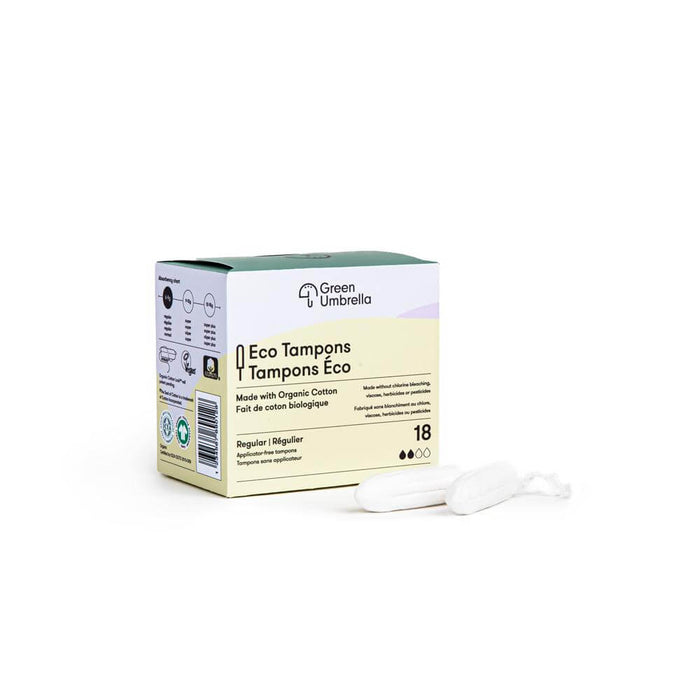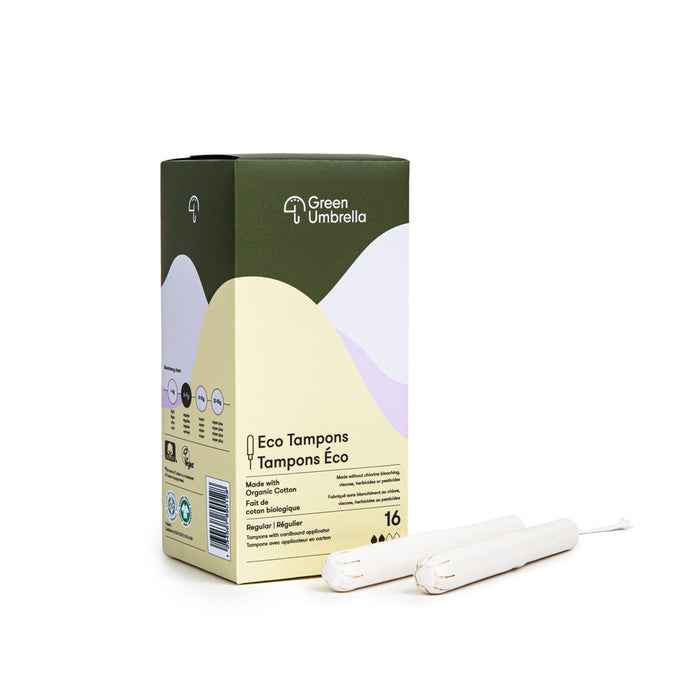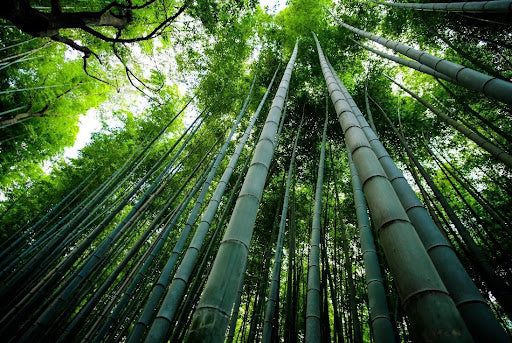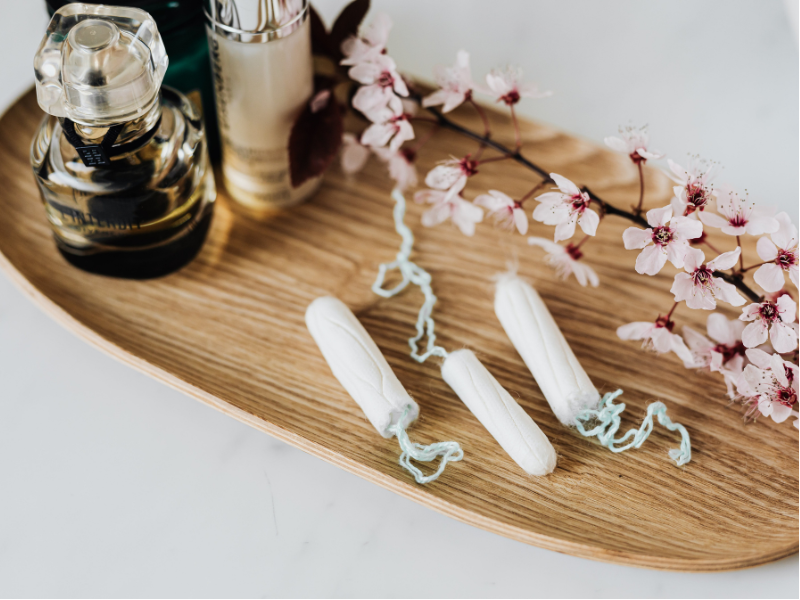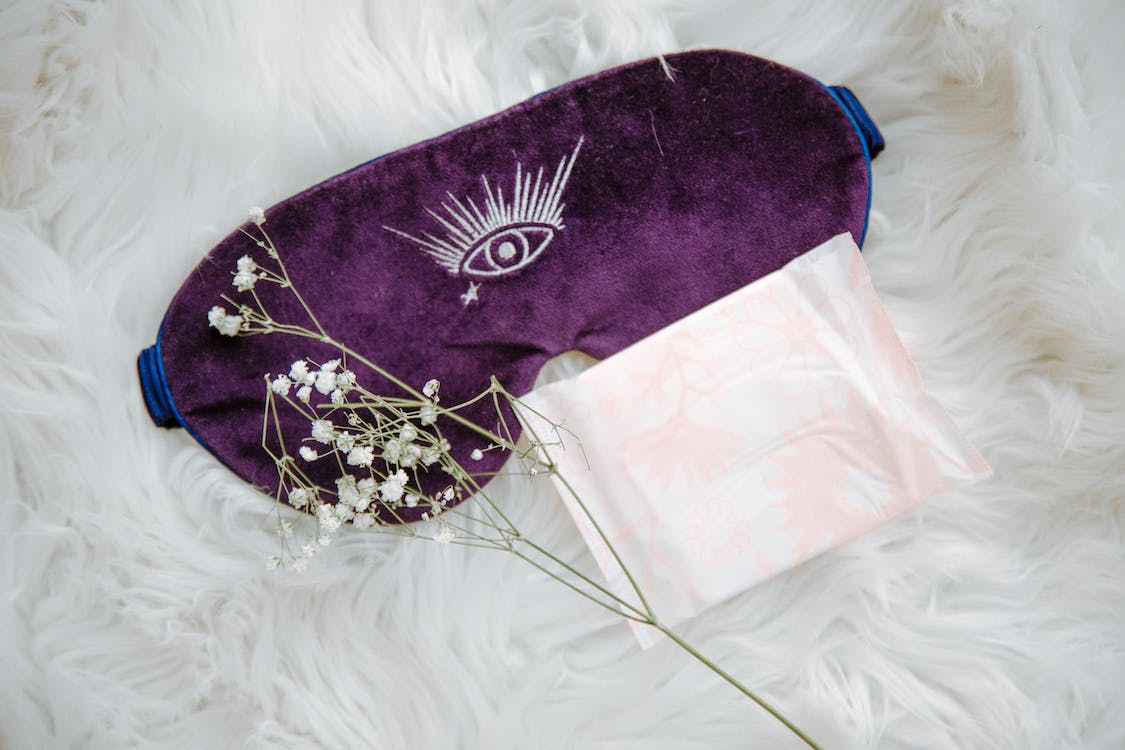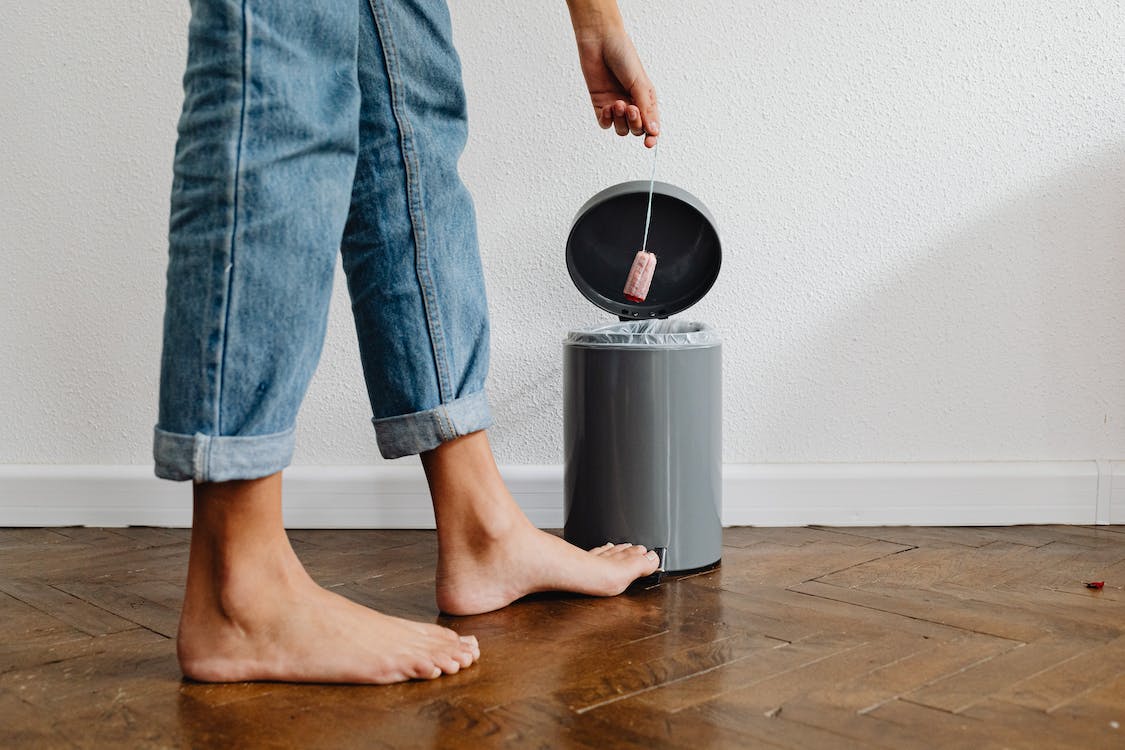If you’re anything like me, you don’t need another climate change documentary to convince you to reduce your consumption of non-sustainable materials like plastic. While I could focus on the negatives here, I am thrilled to report that eco-friendly alternatives are more mainstream now than ever. With that being said, what is also becoming more common is something called “greenwashing.” You’re probably wondering, what is that? Well, it has been defined as “the process of conveying a false impression or providing misleading information about how a company's products are more environmentally sound.” In other words, greenwashing occurs when companies and brands ring the “climate alarm” to follow a trend but do not make any real, measurable change to their product lines. In some cases, it is because these businesses may not take the necessary time to research and learn about how to be more sustainable. In other cases, they turn a blind eye in the hope that no one will notice their deceit. For instance, companies involved in greenwashing behaviour may make claims about their products being made from recycled materials when this is not necessarily true. Some businesses may be using a material they think is sustainable, but in reality, it’s not. This is especially true in the case of bamboo.
In recent years, bamboo has been hailed as an eco-friendly and sustainable alternative to plastic. I’ll be honest. I was pleased to see ads for bamboo toothbrushes and a bamboo soap dish pop up in my social media news feed. “Wow, we are really moving forward,” I thought. As I’ve learned with the rise of “fake news,” it’s always best to do your own research before you can make an informed decision, especially when it comes to swapping your bathroom essentials for all new materials.

Bamboo’s Environmental Impact
Bamboo is a fast-growing grass and is a natural composite material, like wood. It requires little maintenance and very little water, as it self-regenerates from its own roots. At the surface, bamboo appears to be an exceedingly sustainable material. However, despite these benefits, there are some important points to consider when it comes to bamboo’s environmental impact.
According to an article by Eco & Beyond, the biggest issue with bamboo is the way that it’s farmed. Because of its recent rise in popularity, large land areas are being cleared for bamboo production. This has led to the displacement of wildlife and a decrease in the biodiversity of existing ecosystems. Like many other cultivated materials, monoculture farming is used to produce bamboo. Monoculture farming is a form of agriculture that is based on growing only one type of crop at one time in a specific field. While this type of cultivation can result in higher yields and make crops easier to manage, it can also result in an increased use of pesticides and a decrease in the biodiversity in the area. The majority of bamboo is grown in China, which is a country that has agriculture and environmental standards in place. As a result, there is limited information regarding how intensively bamboo is being harvested. According to a report for the Pulitzer Center on surging bamboo production in Sichuan and its environmental consequences, there has been “widespread over-harvesting and intensive monoculture plantations in many parts of southwest China in recent years,” and unfortunately, this has resulted in serious negative effects on local ecosystems. In addition, because most bamboo is grown in China, a large proportion of the products we see in North America have been shipped from across the globe.

Sustainability of Bamboo
Factually, bamboo grows quickly and is extremely durable. But the question of whether it is truly sustainable is tough to answer. While the cultivation of this material can technically be renewable if done in an environmentally conscious manner, the manufacturing of it is a different story. Most bamboo fabrics on the market are a form of rayon, which is produced through an extremely intensive chemical process to transform it into a viscose fabric that gives it a breathable and stretchy feel. It is important to note that many of the products that are sold as bamboo are in fact rayon – which involves heavy processing and chemical emissions. In other words, this means that when companies advertise products containing “bamboo rayon” as environmentally friendly, they are engaging in greenwashing, as the process of transforming bamboo into rayon is actually very harmful to the environment. In 2019, the Competition Bureau of Canada issued a warning to consumers to be aware of apparel retailers engaging in greenwashing – particularly in relation to the sale of products made using fabric derived from bamboo.
So, the next time you are shopping for eco-friendly alternatives and come across a bamboo product, I urge you to read the label carefully. If the ingredients for these products include terms such as rayon, viscose, rayon from bamboo, or viscose from bamboo, you can be sure they are not environmentally friendly. The difficult part is some products are often misrepresented as bamboo without any mention of rayon or viscose. An obvious solution to this dilemma is that companies need to be more transparent about the materials they use. In the meantime, we should remember that many of these eco-friendly alternatives, while promising, always require additional research so that we can make informed decisions that are best for the planet.


